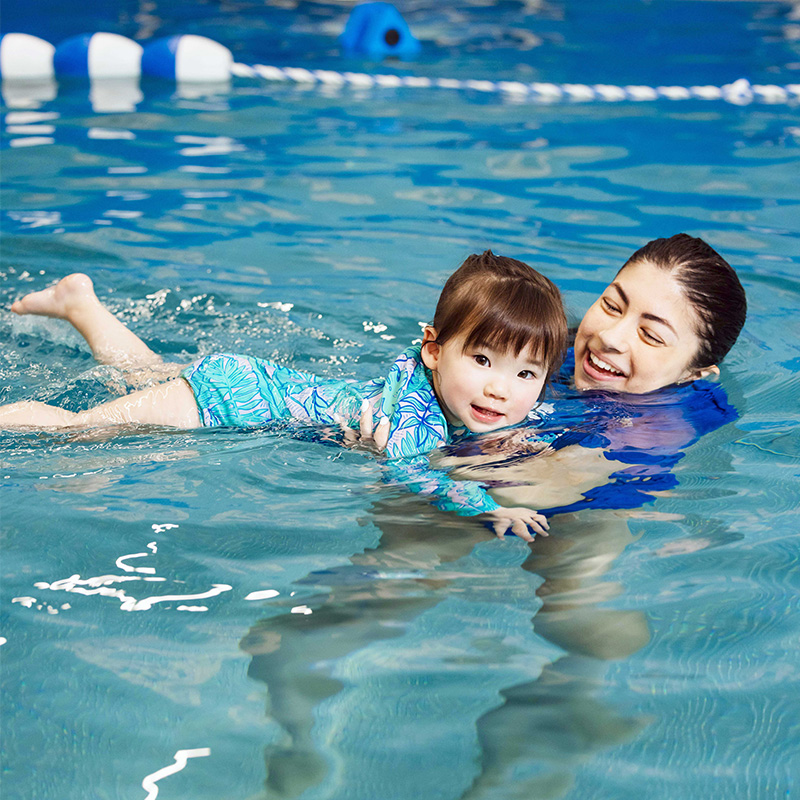Shop At Haya: Your Ultimate Shopping Guide
Discover the best shopping tips, trends, and deals for a smarter buying experience.
Swim Like a Fish, Float Like a Boss
Dive into our ultimate guide to mastering swimming skills and floating with confidence—unlock your inner aquatic boss today!
Top 5 Swimming Techniques to Help You Swim Like a Fish
If you're looking to improve your swimming efficiency and speed, mastering the right techniques is essential. Here are the top 5 swimming techniques that can help you swim like a fish:
- Freestyle Stroke: Also known as the front crawl, this technique is favored for its speed and efficiency. Focus on keeping your body flat and streamlined while using a flutter kick to propel yourself forward.
- Breaststroke: This stroke allows for a more relaxed pace and is great for beginners. Keep your arms wide and pull them back in a circular motion while doing a frog kick with your legs.
- Backstroke: The only stroke swum on the back. This technique promotes a smooth and continuous motion while allowing the swimmer to breathe freely.
- Butterfly Stroke: Known for its difficulty, mastering the butterfly involves a simultaneous arm movement and a powerful dolphin kick. Practice your rhythm to maintain a fluid motion.
- Individual Medley: Combining all four strokes, this technique builds endurance and versatility in the water. Focus on transitioning smoothly between strokes to improve your overall performance.

How to Achieve Perfect Floating: Tips for Every Swimmer
Achieving the perfect floating position is essential for every swimmer, whether you're a novice or an experienced athlete. To start, ensure proper body alignment; your head, hips, and feet should be in a straight line. A common mistake is to let the head drop or the hips sink, which can disrupt your buoyancy. Try to maintain a relaxed posture and keep your core engaged. Practice breathing techniques while floating; exhaling gently allows you to find a more stable position and helps to minimize tension in your body.
Another important tip for mastering perfect floating is to experiment with your arm and leg positions. For instance, spread your arms wide and kick gently, allowing the water's buoyancy to support you. You might also find that using a kickboard can help you focus on finding that delicate balance between tension and relaxation. Remember to adjust your body’s weight distribution as needed, and don't hesitate to practice in shallow water until you're comfortable. With consistent practice and attention to these techniques, achieving the perfect floating position will become second nature.
What Are the Secrets Behind Mastering Breath Control in Swimming?
Mastering breath control in swimming is crucial for any swimmer looking to enhance their performance and efficiency in the water. One of the primary secrets to achieving effective breath control lies in developing a consistent breathing pattern. Swimmers should practice inhaling quickly through the mouth while their head is turned to the side, and exhaling steadily through the nose when the face is submerged. This rhythm should become second nature, allowing the swimmer to focus on their technique and stroke rather than their breath.
Another key aspect of breath control is timing and body position. Swimmers can benefit from performing drills that emphasize body alignment and buoyancy, ensuring that their body remains streamlined while breathing. Incorporating exercises such as hypoxic training, where swimmers reduce their breathing frequency, can also significantly improve lung capacity and breath control. By gradually increasing the intensity and duration of these training sessions, swimmers can unlock the full potential of their breathing techniques, making them more efficient and effective in the water.